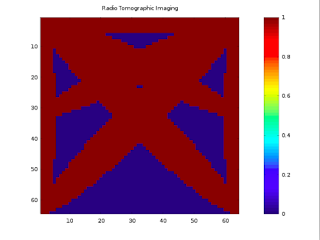Install Octave with GUI on remote machine
I used a VM provided by lab, to run octave scripts since RTI require computation and time. This is a step by step command list of how to install octave and run on a remote machine. ssh -X username@ip --> login to remote machine, note the '-X' apt-get install octave --> Install octave in remote machine sudo apt-get install octave-statistics --> Install octave statistics package sudo apt-get install octave-communications --> Install octave statistics package pkg list --> to vie w the pa c kages installed. If installed the above two packages will appear. pkg list octave...





